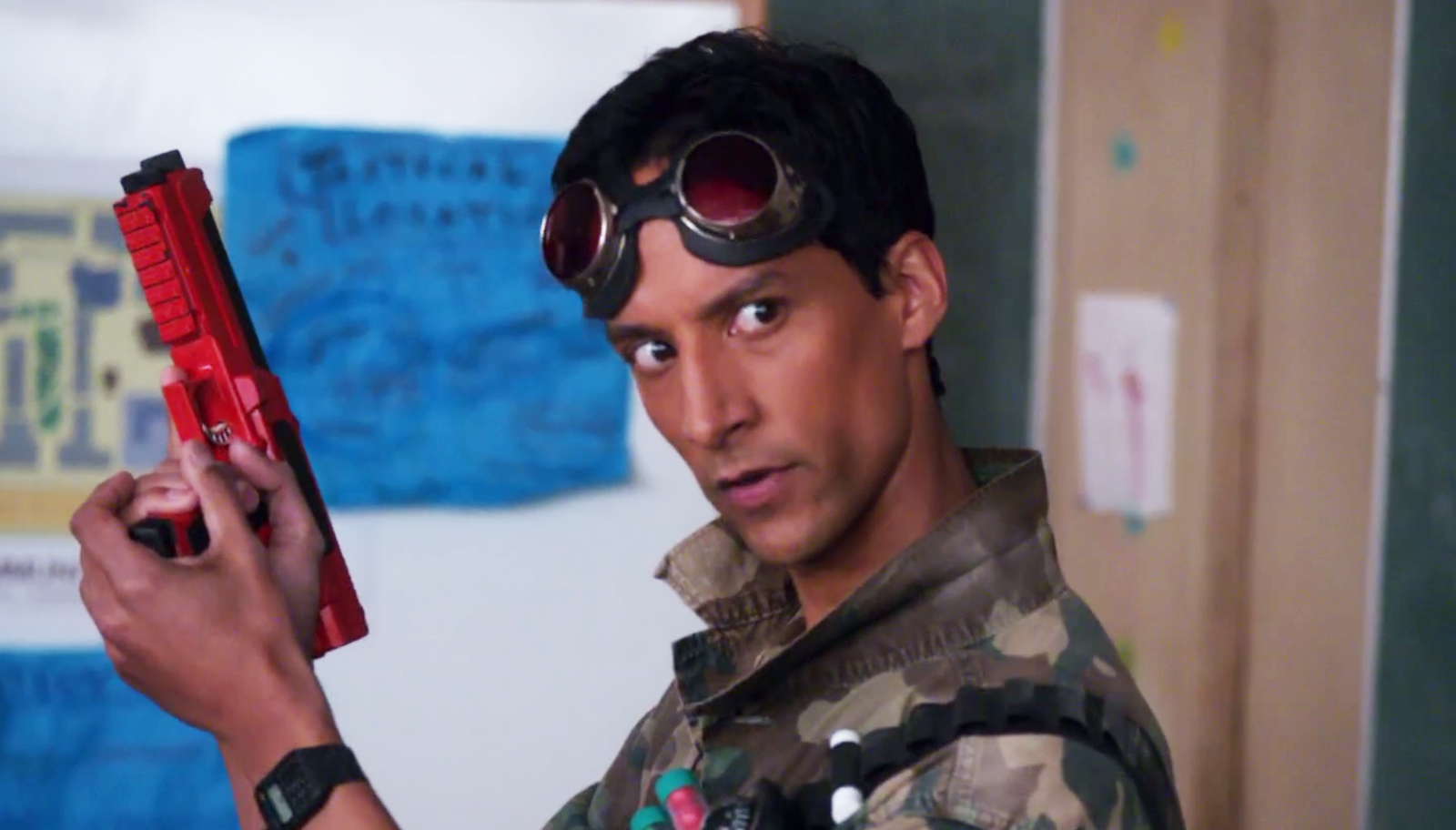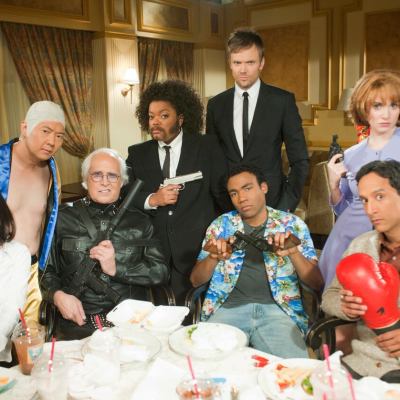There’s no doubt that Danny Pudi’s character Abed was a favorite of Community fans everywhere. Despite a lack of social skills explained through an unspoken understanding that the character was on the autism spectrum, Abed’s charm sprung from his ability to relate reality to pop culture narratives that were easier for him to comprehend. However, there was a specific moment in season one that made it clear that his penchant for meta-referencing his fictional existence made him the de facto POV of the show, not just the sidekick to Joel McHale’s character Jeff.
It’s worth noting that Community creator Dan Harmon realized this shift was happening in the writers room. He told Kevin Pollak in his “Chat Show” series that when the network ordered an additional three episodes to go with the 22 that were already in the can for season one, he noticed that his perspective as a writer towards the characters he had written had changed since the show had premiered.
Read more
“I started to discover that I had a lot more in common with Abed than I did with Jeff,” Harmon told Pollak. “Jeff was originally me, the sexy version of me, the idea that if I talk long enough I can make anything right or wrong. I just have this Hulk mouth that I just activate, and I just mesmerize people.”
Among those extra episodes that were written later were the classics, “Contemporary American Poultry,” also known as the chicken fingers episode, and “Modern Warfare,” the infamous paintball episode that was so beloved, it received a two-episode reprise in season two. These final episodes of the first season presented a subtle thesis: might Community be a show that presents its sitcom reality through the eyes of Abed, who already sees the world that way anyway?
“You can see the transition happening in the chicken fingers episode in the first season,” said Harmon in the 2012 interview. “It’s a conversation between Jeff and Abed in the kitchen at the end of the episode. They’re talking and they make a deal that Jeff characterizes as, ‘Well, let’s be like Knight Rider,’ meaning that Abed could be the car and he could be the David Hasselhoff.”
Abed himself drew that analogy, but of course he saw himself as the main character, Michael Knight, and Jeff as talking car sidekick, K.I.T.T. And perhaps that’s exactly right! Because two episodes later, “Modern Warfare” takes us through a campus transformed into a post-apocalyptic vision straight out of the movies, which is exactly how Abed would see it as the new protagonist. That episode of Community is riddled with references to Predator, John Wu movies, and so much more, warping the reality of the show to fit not only Abed’s expectations of an action adventure story, but ours as well.
Community went on to play with genre many times throughout its run including the Western-themed paintball follow-up of the season 2 finale, the courtroom drama of “Basic Lupine Urology” in season three, and the disaster film adventure of “Geothermal Escapism” in season five that was Donald Glover’s send-off. Who’s to say these didn’t play out through Abed’s eyes? Some say he was the impartial Greek chorus of the show or the audience’s proxy within the study group, but the storytelling style suggests this is the protagonist’s reality.
Harmon remembers feeling a kinship with Abed when the character decided that his relationship with Jeff should be like Knight Rider with Abed as the hero. “I don’t leave that scene identifying with the sexy Irish guy anymore,” Harmon said on Pollak’s show. “I am now the weird Indian kid after that episode. And then the second season started, and it was kind of like him the whole time.”
So the next time you re-watch Community, realize that the reason season three’s “Pillows and Blankets” looks just like a History channel documentary is because that’s exactly how Abed wants us to see it.


